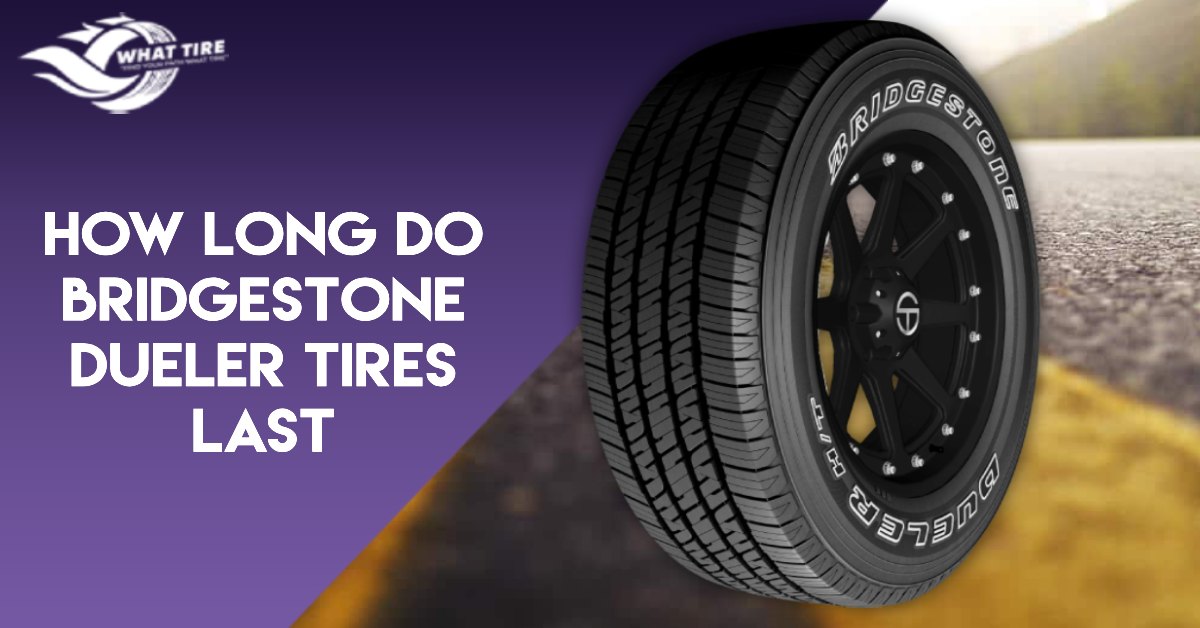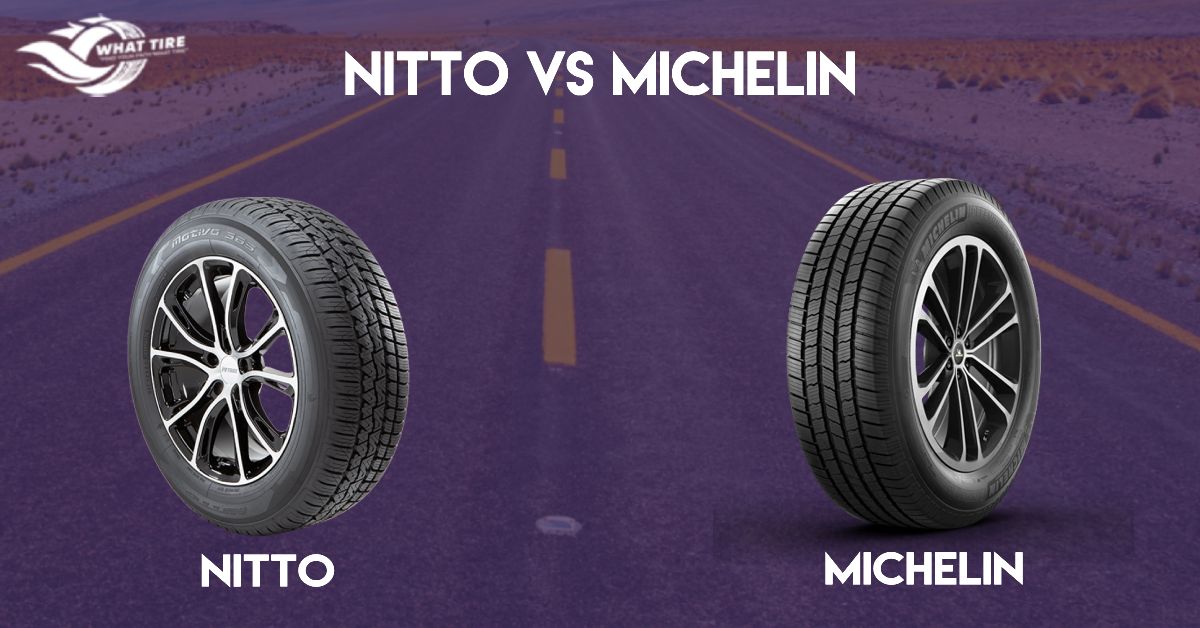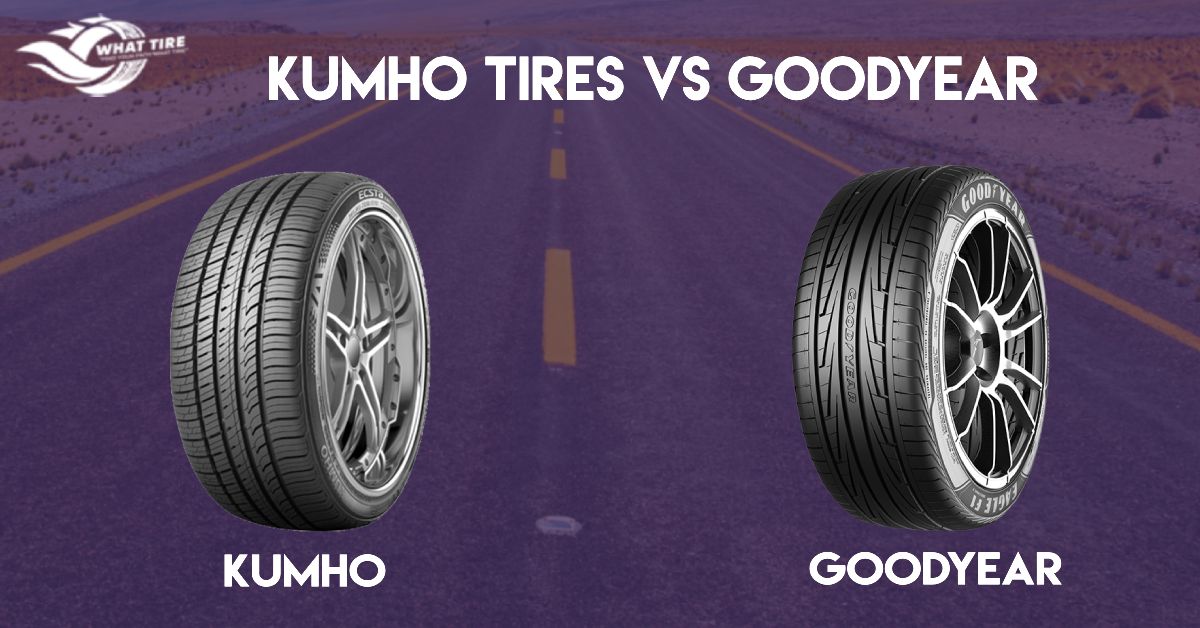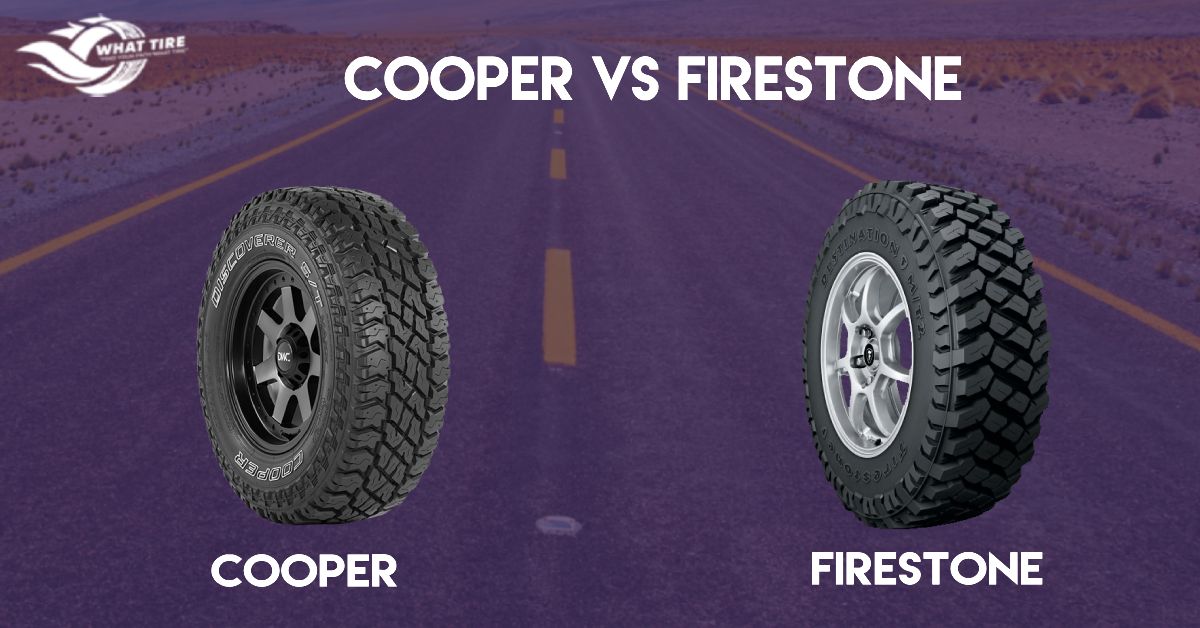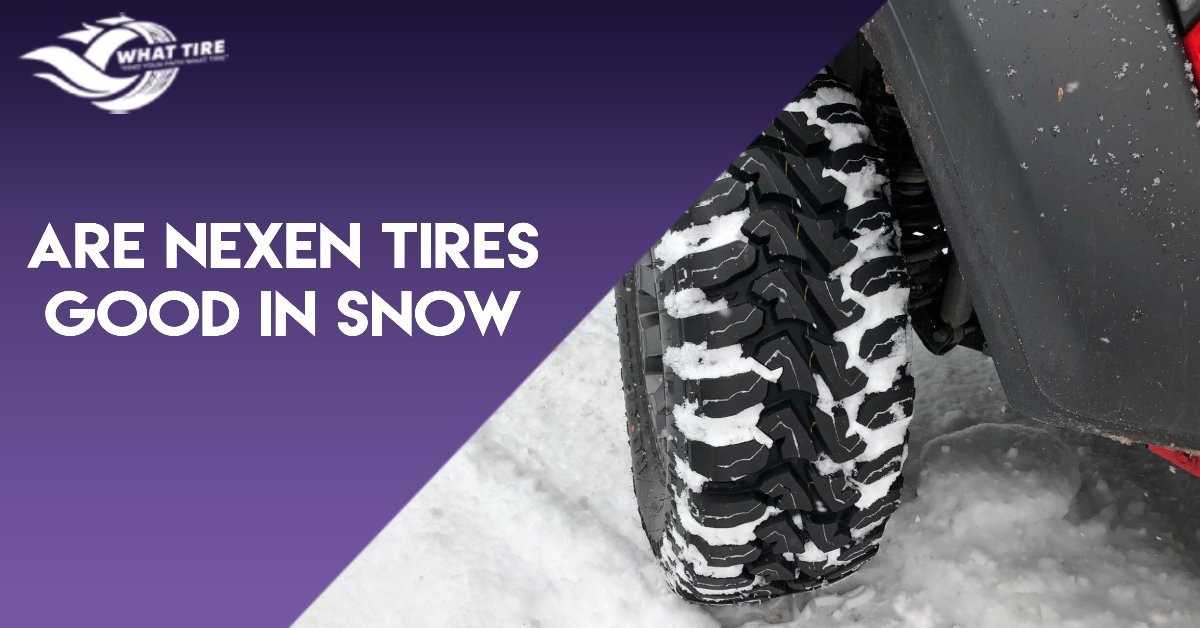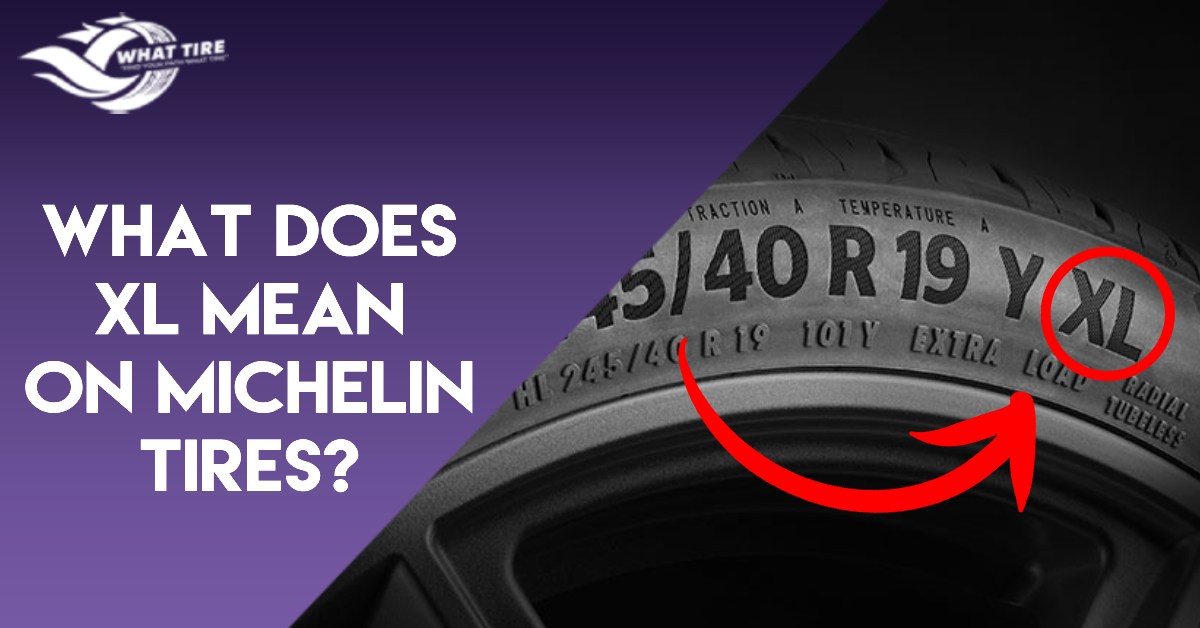Have you ever noticed the letters “XL” on Michelin tires and wondered what it means? The answer lies in the world of tires, where each symbol carries vital information about their capabilities.
In this blog post, we will demystify the significance of “XL” on Michelin tires. Understanding what XL tires are, how to identify them, their load index, benefits, and where they excel will shed light on why these tires matter.
Additionally, we’ll address common questions like compatibility with standard cars and whether they affect fuel consumption. So, let’s get started.
Table of Contents
ToggleWhat Is Michelin Tire XL Load Rating?
XL tires, often denoted by the “XL” marking on the sidewall, stand for “Extra Load” tires. These specialized tires are engineered to carry heavier loads compared to standard tires of the same size.
The XL designation indicates that the tire’s construction and materials are designed to withstand the additional weight and stress, making them a popular choice for vehicles that require enhanced load-carrying capacity.
Who Needs Michelin’s XL Tires?
Michelin’s XL tires are best suited for those vehicles which have superior load-carrying capabilities. They are designed for vehicles that routinely carry heavy loads, such as SUVs, trucks, and vans, or for situations where extra weight is common, like when towing trailers or transporting cargo. XL tires offer several advantages, including improved stability, handling, and safety when dealing with heavier loads.
They ensure that your vehicle maintains proper traction and control, even when subjected to challenging conditions or a substantial cargo weight. In essence, XL tires are the go-to choice for those who require the added strength and reliability to support heavy payloads.
How To Identify XL Tires?
It’s a pretty straightforward process to know whether a vehicle has XL tires or not. Here’s how to recognize them:
- Check the Sidewall: The most direct way to identify an XL tire is to look for the “XL” marking on the tire’s sidewall. It’s typically printed in capital letters and is relatively easy to spot. This marking can appear on various sections of the sidewall, often near the tire’s size information.
- Consult the Owner’s Manual: If you have access to your vehicle’s owner’s manual, it may provide information about the recommended tire type and load capacity. This can help confirm whether your tires are XL or not.
- Visit a Professional: If you’re unsure or don’t have the owner’s manual, you can visit a tire professional or mechanic. They can quickly identify the type of tires you have and recommend suitable replacements if needed.
Michelin Tire Load Index
The Michelin tire load index, much like load indexes on other tire brands, is a critical component of tire specifications. It’s represented by a numerical code that is imprinted on the tire’s sidewall. This code directly correlates to the tire’s load-carrying capacity when inflated to the recommended tire pressure.
1. Load Index Number
Michelin, like other tire manufacturers, uses a load index number that typically consists of three digits. Each number corresponds to a particular weight-carrying capacity for the tire.
2. Weight in Pounds
In the United States, load indexes are associated with weight in pounds. For example, a load index of 91 can carry a maximum load of 1,356 pounds per tire when properly inflated.
3. Weight in Kilograms
In some regions, load indexes are associated with weight in kilograms. To convert from pounds to kilograms, you can use the formula: Weight in kilograms = Weight in pounds ÷ 2.20462. So, for a load index of 91, it can carry a maximum load of approximately 615 kilograms per tire.
4. Load Index Chart
Michelin, as part of tire standards, provides a load index chart that outlines the exact weight capacity for each load index number. This chart serves as a valuable reference tool when selecting the right tires for your vehicle.
5. Load Capacity for All Tires
To determine the total load capacity for all four tires on your vehicle, you can simply multiply the load index number by four. For example, if your Michelin XL tires have a load index of 91, the total load capacity for a standard four-tire setup would be 5,424 pounds (91 x 4).
Understanding these Michelin tire load index specifications is crucial for ensuring that your tires can safely support the weight your vehicle requires. It’s essential to choose tires with the appropriate load index as recommended by your vehicle manufacturer to maintain the safety, performance, and longevity of your tires.
Benefits of XL Tires
XL tires, with their Extra Load capacity, offer several tangible benefits that can significantly impact your driving experience and safety. Let’s explore these advantages in detail:
1. Enhanced Load-Carrying Capability
The most apparent benefit of XL tires is their ability to carry heavier loads. This feature is particularly valuable for larger vehicles, such as SUVs, trucks, and vans, as well as for scenarios involving towing or transporting heavy cargo.
2. Improved Stability
XL tires are designed to distribute the weight evenly, resulting in improved stability. This means you’ll experience better control, reduced swaying, and enhanced traction, especially when carrying heavy loads.
3. Enhanced Durability
XL tires are constructed with reinforced materials to handle increased weight. This added strength makes them more durable and less susceptible to damage, punctures, or wear and tear, ultimately extending their lifespan.
4. Safer Towing
When towing trailers or other heavy loads, XL tires provide an extra layer of safety. They ensure that your vehicle maintains proper handling, minimizing the risk of sway or loss of control.
5. Improved Braking Performance
XL tires offer superior braking performance, particularly when your vehicle is carrying a heavy load. This added grip and stability reduce stopping distances, enhancing overall safety.
6. Optimal Performance Under Load
With XL tires, your vehicle’s performance remains consistent even when fully loaded. You won’t experience a significant drop in handling, fuel efficiency, or ride comfort, ensuring a comfortable and reliable drive.
7. Better Handling on Rough Terrain
If you frequently drive on uneven or challenging surfaces, XL tires are an excellent choice. Their robust construction and load-bearing capacity make them more resilient to rough terrain, potholes, and other obstacles.
8. Reduced Risk of Blowouts
XL tires have a lower risk of blowouts when operating at or near their load capacity. This added safety feature ensures that you can drive with peace of mind, even when carrying heavy loads.
By opting for XL tires, you can enjoy these concrete benefits, ensuring a safer and more reliable driving experience, especially when dealing with heavy loads or challenging road conditions.
XL vs. Standard Tires. Which One Should I Choose?
When deciding between XL (Extra Load) and standard tires, it’s essential to consider various metrics to make an informed choice. Let’s compare these two types of tires using specific criteria:
1. Load-Carrying Capacity
XL Tires: Designed for heavier loads, XL tires have a higher load index compared to standard tires. This means they can carry more weight, making them suitable for larger vehicles, towing, or carrying heavy cargo.
Standard Tires: Standard tires have a lower load-carrying capacity, making them ideal for vehicles with lighter loads.
2. Construction and Reinforcement
XL Tires: XL tires feature reinforced sidewalls and a sturdier construction to handle the extra load. This construction enhances their durability and resistance to damage.
Standard Tires: Standard tires have a less robust construction, making them more vulnerable to wear and tear, especially when subjected to heavy loads.
3. Ride Comfort
XL Tires: While XL tires offer superior load-carrying capacity, they may provide a slightly firmer ride due to their reinforced structure.
Standard Tires: Standard tires often offer a more comfortable and cushioned ride, which can be preferable for everyday driving.
4. Fuel Efficiency
XL Tires: XL tires may have a slight impact on fuel efficiency, as their reinforced construction adds weight to the tire. This can result in a marginal decrease in gas mileage.
Standard Tires: Standard tires typically have a lighter build, which can contribute to slightly better fuel efficiency.
5. Cost
XL Tires: XL tires are generally more expensive than standard tires due to their specialized construction and load-carrying capabilities.
Standard Tires: Standard tires are a cost-effective choice and are suitable for vehicles with lighter loads.
6. Handling and Stability
XL Tires: XL tires provide superior handling and stability when carrying heavy loads, ensuring better control and reduced swaying.
Standard Tires: Standard tires may not offer the same level of stability and control under heavy load conditions.
7. Application
XL Tires: Ideal for vehicles like SUVs, trucks, vans, and scenarios involving towing, XL tires are designed to handle demanding load requirements.
Standard Tires: Standard tires are suitable for smaller cars and everyday driving, where load-carrying capacity is not a primary concern.
In short, the choice between XL and standard tires depends on your vehicle type, driving needs, and budget. XL tires are the preferred choice for those requiring higher load-carrying capacity and enhanced durability, while standard tires are suitable for everyday driving situations, offering a comfortable ride and cost savings.
Popular Michelin XL Tires for Different Vehicles
Michelin offers a range of XL (Extra Load) tires designed to cater to various vehicle types, ensuring optimal performance and safety for drivers. Let’s explore the specific XL tire models that Michelin provides for different types of vehicles.
1. XL Tires for SUVs
- Michelin Defender LTX M/S
- Michelin Latitude Tour HP
Also, learn about how long do Michelin Defender tires last.
2. XL Tires for Trucks and Vans
- Michelin Agilis CrossClimate
- Michelin LTX A/T2
Also, learn about how to rotate Michelin CrossClimate tires.
3. XL Tires for Coupes and Sedans
- Michelin Pilot Sport A/S 3+
- Michelin Premier A/S
4. XL Tires for Performance and Sports Cars
- Michelin Pilot Sport 4S
- Michelin Pilot Super Sport
Conclusion
In a nutshell, it’s necessary to know about “XL” to ensure vehicle safety and performance. Michelin’s XL tires are engineered for extra load capacity, offering stability, durability, and reliability across various vehicle types.
Select the right XL tire for your needs, from SUVs to trucks and sports cars, to drive with confidence and safety, especially when handling heavy loads.
FAQ’s
XL Michelin tires are designed for various vehicle types, including some compact cars, but always check your car’s specifications to ensure compatibility.
XL tires may have a slight impact on fuel efficiency due to their reinforced construction, but the difference is usually minimal.
Yes, you can use XL tires as a replacement, but it’s crucial to match the tire size and load capacity with your vehicle’s requirements.
Look for the “XL” designation on the sidewall of the tire, along with other specifications like size and speed rating.
XL tires are mainly designed for on-road use. For off-road or winter driving, consider Michelin tires specifically designed for those conditions.
XL tires are designed for various vehicles, including SUVs and trucks, providing enhanced load-carrying capabilities.

